Ceylon. That name sounds familiar, doesn’t it? You’ve probably seen the word Ceylon on your Twinnings tea box, your Bigelow tea box, or at the Coffee Bean and Tea Leaf. You know it because it’s a type of tea. Ceylon Tea. I’ve always wondered what Ceylon tea was, and my trip to Sri Lanka was the perfect time to find out.
Once upon a time when Sri Lanka was a British colony (from 1815 to 1948), the island’s name was Ceylon. In the beginning of British rule, tea plants were introduced to the island in hopes of creating a lucrative export industry. Something about the terroir and climate of Sri Lanka must have been perfect for tea cultivation, because the tea coming out of Sri Lanka – Ceylon Tea – was excellent. High quality, excellent flavor, unique. Since then, the name Ceylon was erased from the rest of the country upon its independence from the British in 1948, but the tea industry is the one place where the name Ceylon is still used and means something positive. Ceylon tea is known as one of the best teas in the world and is crucial to the Sri Lankan economy.
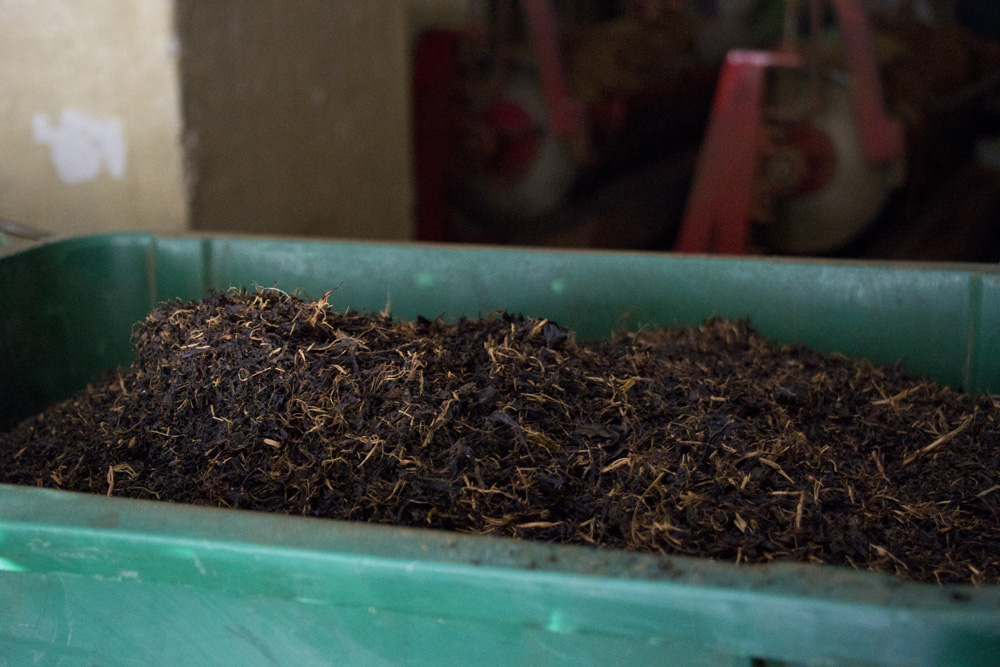
If you are traveling in Sri Lanka, visiting a tea estate is good way to learn about Sri Lanka’s past, present, and future. The best place to go is the hill country near Nuwara Eliya and Ella – where the majority of the plantations are located. Here, morning mists cover the rolling hills and the heat and humidity are kept at bay by the altitude, almost like wine country. Perfectly manicured bushes of shimmering green tea leaves blanket the rolling countryside for miles. Sounds idyllic, right? Unfortunately, our trip didn’t grant us enough time to venture up here. But that didn’t stop me.
The Geragama Tea Estate is not too far from the center of Kandy, which was already on our route. While it isn’t in the heart of picturesque tea country, it’s an ideal place to visit if you also aren’t able to spend time in in the mountains.
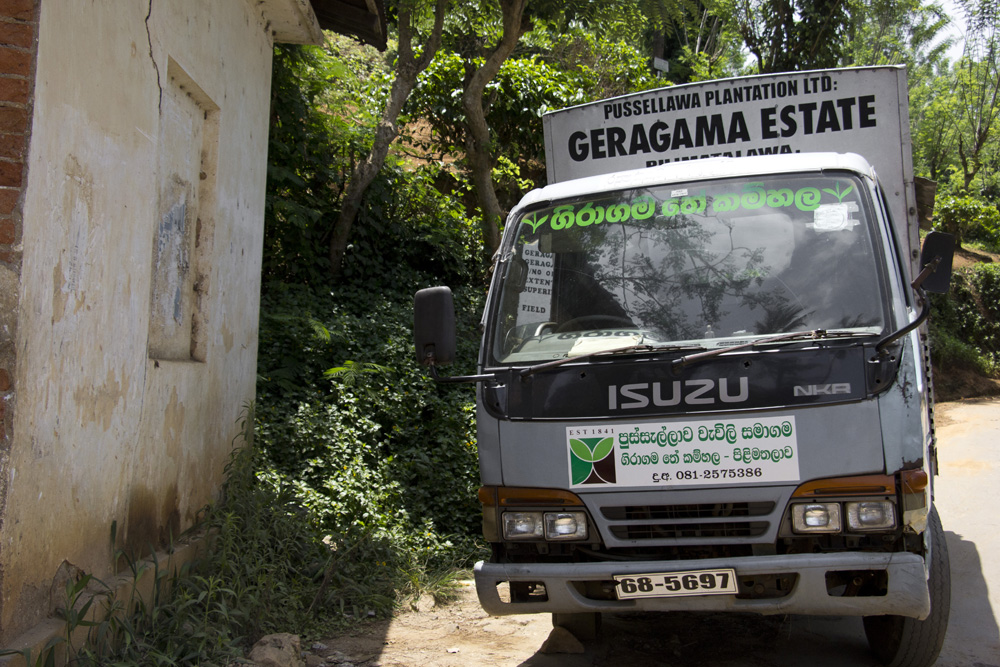
Getting to Geragama is easy via taxi or tuk-tuk. It’s about a 20-30 minute ride out of Kandy that winds through villages and countryside. I enjoyed the scenery along our route almost as much as I enjoyed the tea visit.
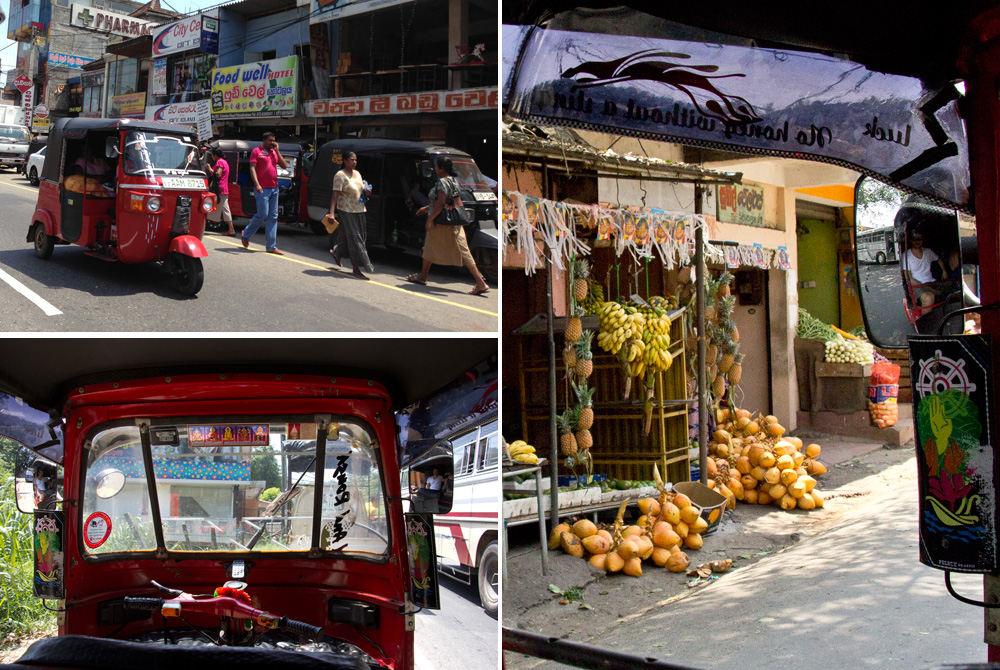
Once you arrive at the estate, go up the stairs on the left side of the building into the tasting room. The room is decorated nicely with dark polished wood, glass tables, and a windows that open out onto the tea field. Once you’ve checked in with the front desk, you’ll be able to take a tour of the processing facility – for free. The tour guides work on tips though so make sure to tip them well!
You’ll see the sorting tools, the grinding tools, drying tools, and the packaging machines in addition to learning how tea goes from shiny green leaves to the bits in your tea bag. On a personal note, I found the factory to be oppressively hot due to the temperature of the drying machines, but it seems that the employees don’t even notice anymore. Extreme heat is just a part of Sri Lankan life. (something that my body protested during the whole trip)
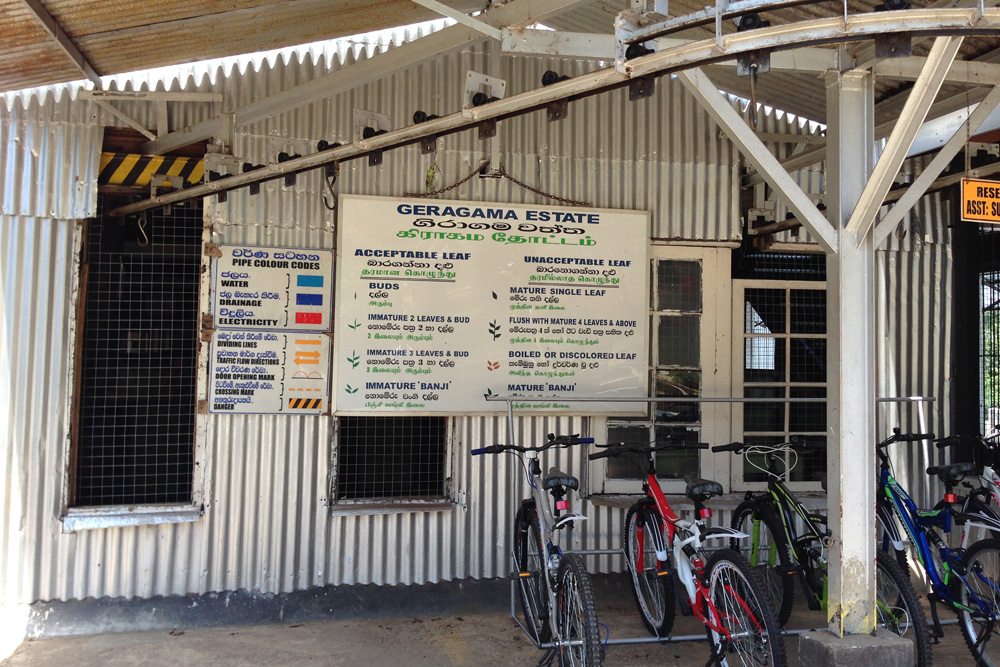
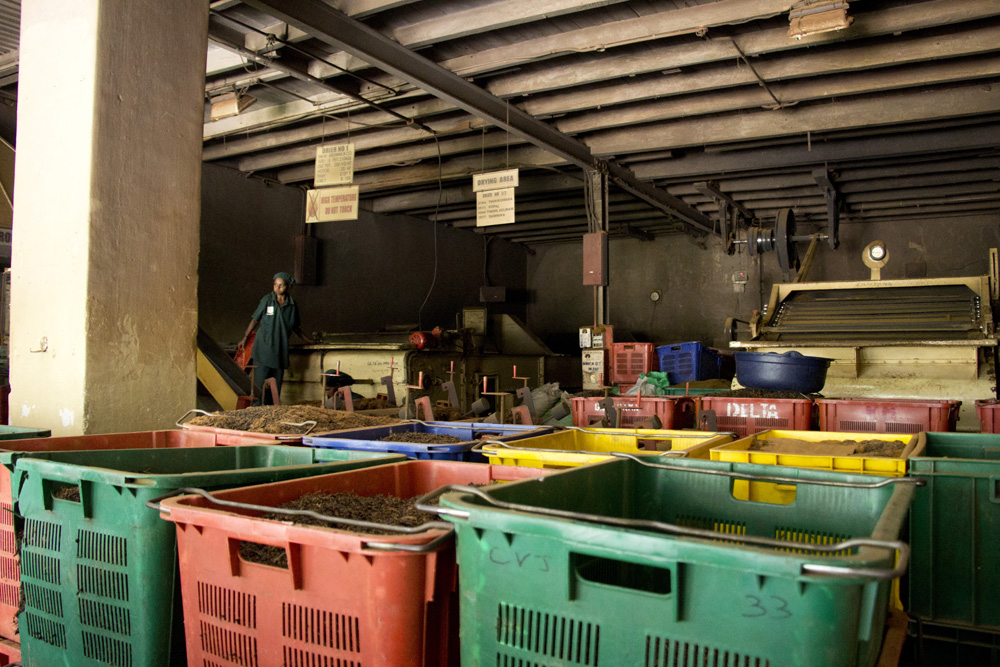
Drying tea leaves
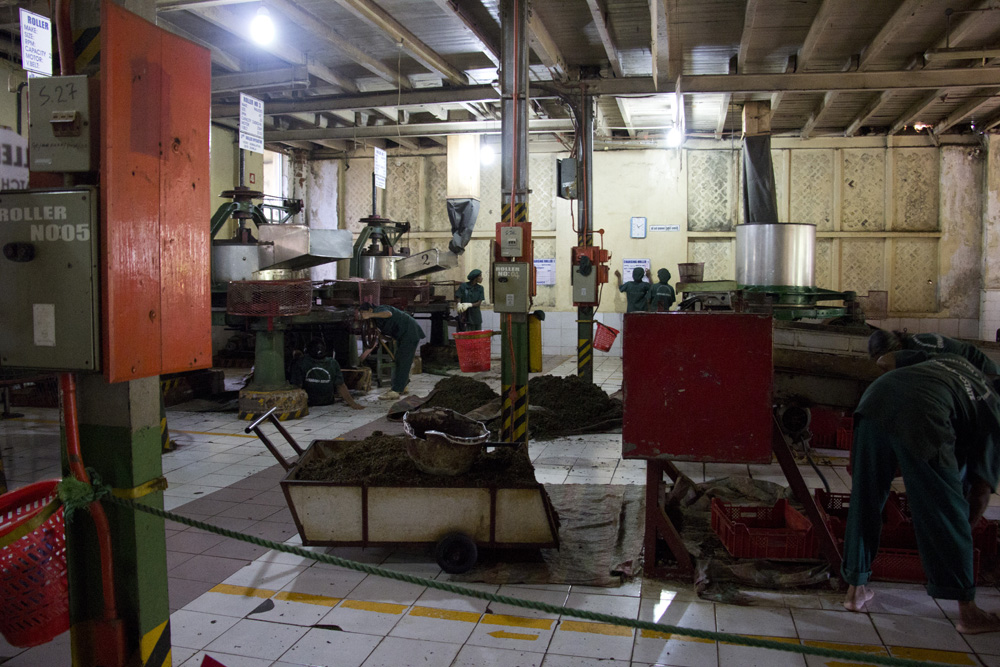
A room full of machines that grind up the dried tea leaves.
The most interesting fact I learned during our tour is that all types of tea are made from the same plant. What?! The reasons white tea is different from black tea and green tea is due to the region in which the plant was grown, the time of harvest – called plucking, and the style of processing. So different from wine making where the type of grapes truly matters. (At Geragama, by the way, they make black tea.)
MIND BLOWN.
And on top of the growing, the plucking, and the processing, there is the grading. A whole new world of confusing. It starts with orange pekoe – a term used for standard grade black tea. The grades dictate the quality of tea- flowery orange pekoe, broken orange pekoe, OP1, OPA, Golden Flowery OP1, etc. Lesser quality broken tea is called “fannings.” Golden tips and silver tips are the creme de la creme. Too much for my brain to understand on a quick tour, but good to note for future reference.
After the tour, you get to enjoy a cup of estate grown and processed tea. I have to say, it was impressively delicious. I can still remember the strong flowery flavor. And it was so well brewed. And CAFFEINATED… in the best way. It snapped the rest of the jetlag right out of me.
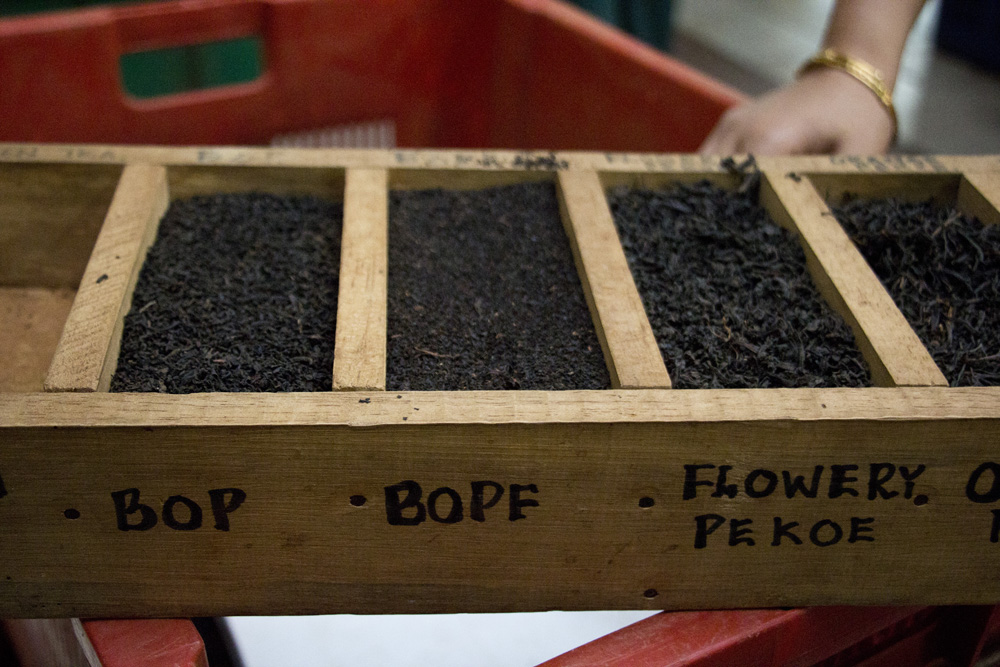
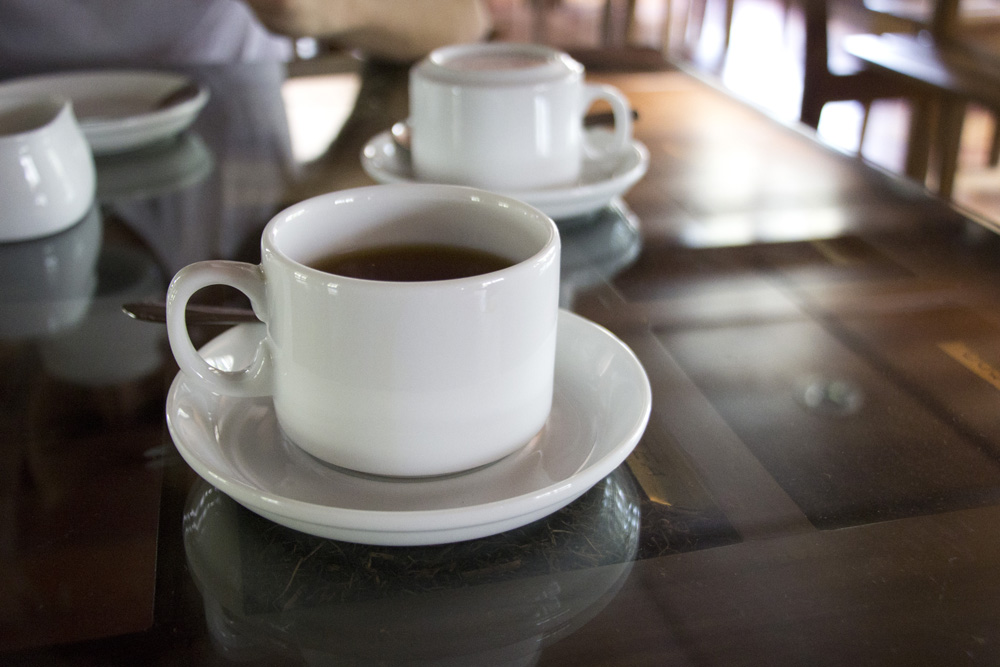
This cup of Flowery Orange Pekoe was one of the best, if not the best, cups of black tea I’ve ever had. And that’s even despite the fact that it was enjoyed in 100 degree heat and humidity.
With our stomachs full of tea and caffeine and my bag stuffed with tea to bring home, we set out to explore the plantation. It’s not all that big since it is tucked away amongst the local villages instead of stretched out in the sprawling mountains of hill country, but you can still surround yourself in bushes of bright green tea leaves if you want to.
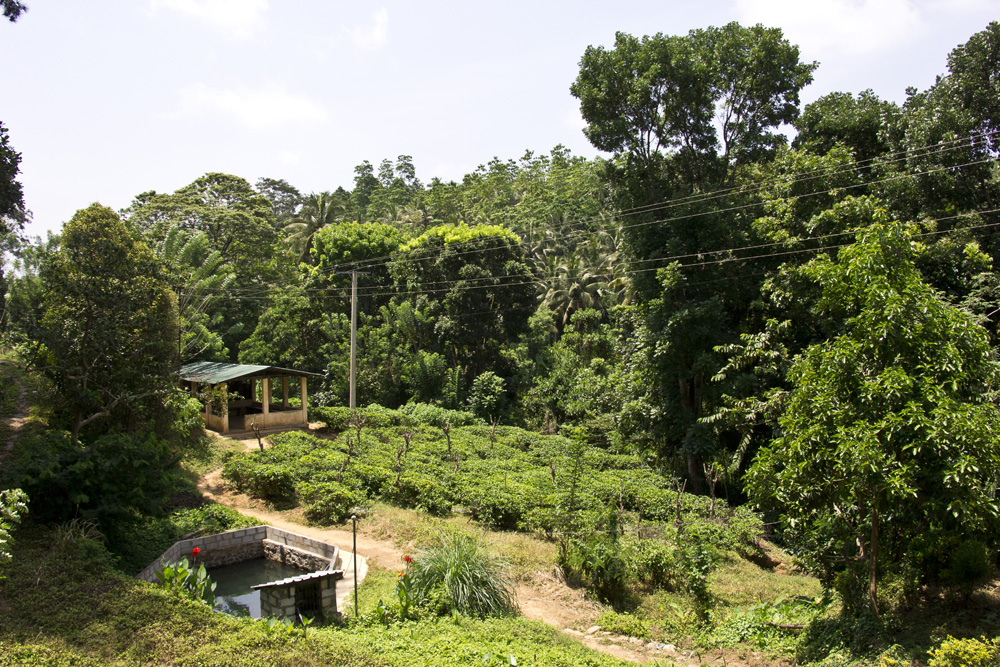
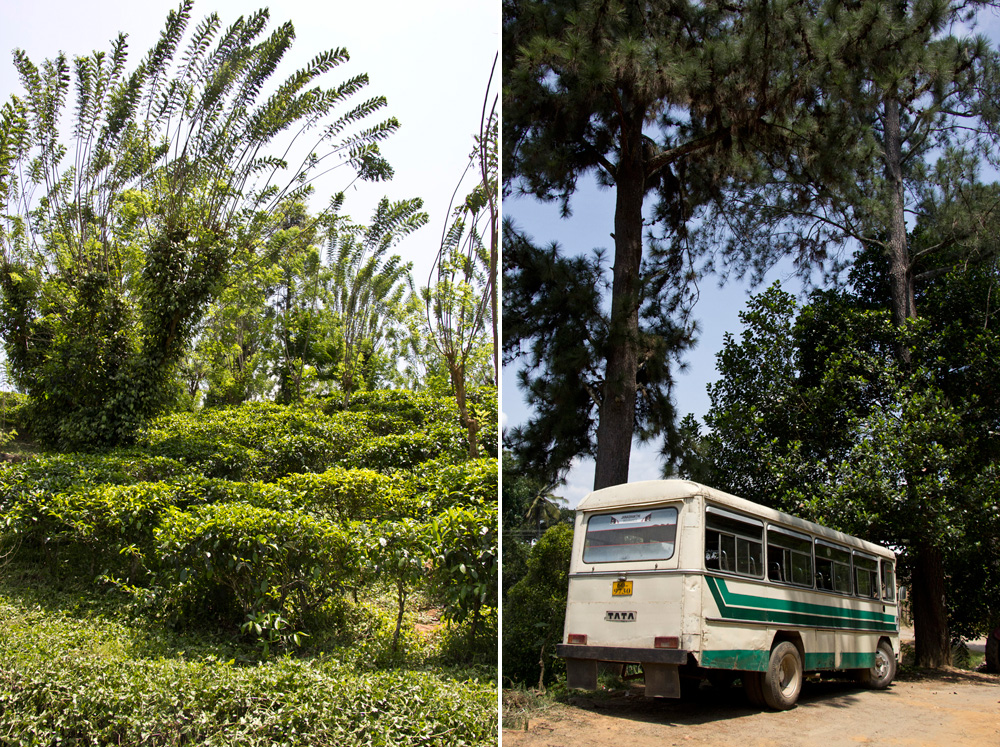
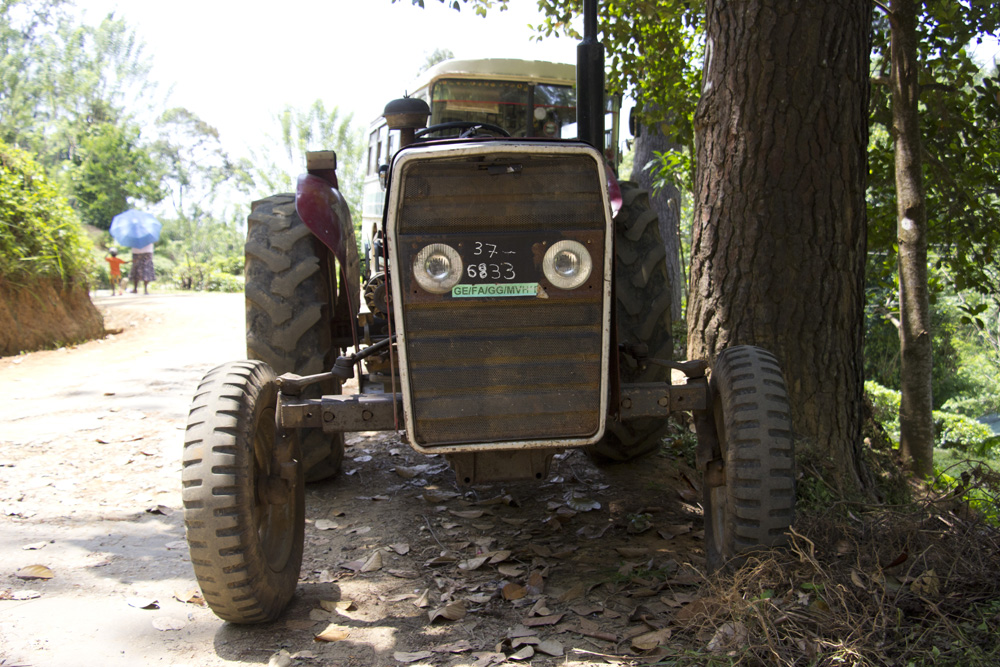
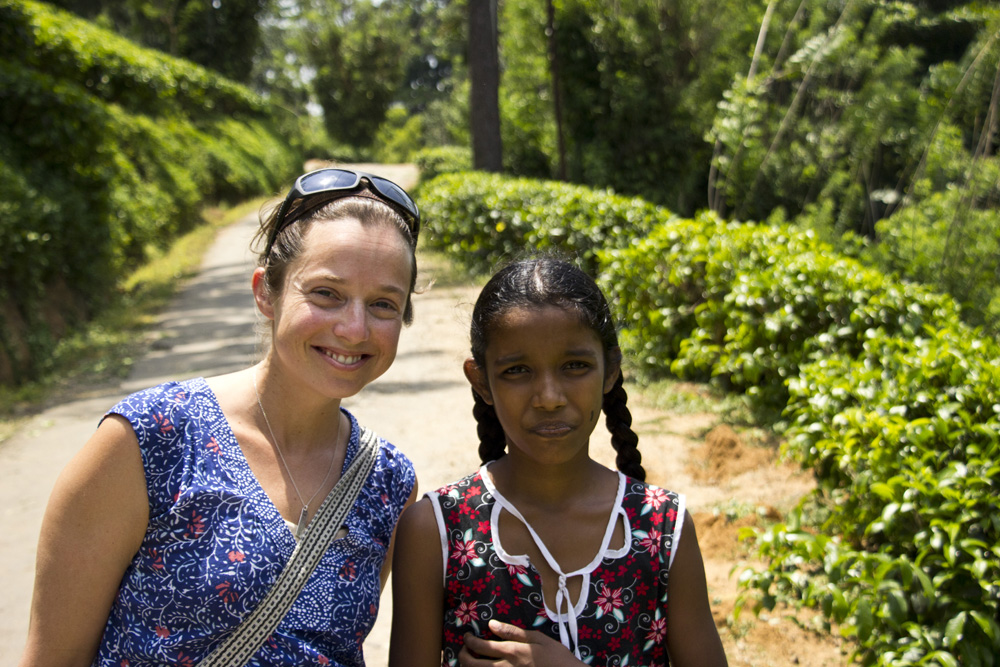
my giant obnoxious camera is always a conversation starter with the local kids.
Though it’s not surrounded in hills and mountains as far as the eye could see, I felt satisfied by our tea experience at Geragama. We left the estate with a new appreciation for the laborious tea making process as well an understanding of what makes a quality tea.
I’ll never look at a tea bag the same way again. Especially if it’s Ceylon tea.
Practical Tips:
* Information on the estate is not widely available on the web. The estate is part of a tea network called Ceylon Estate Teas and it does not have it’s own website. There is a page on TripAdvisor however.
* Have your tuk tuk or taxi driver wait for you while you are at the estate. The tour doesn’t take long.
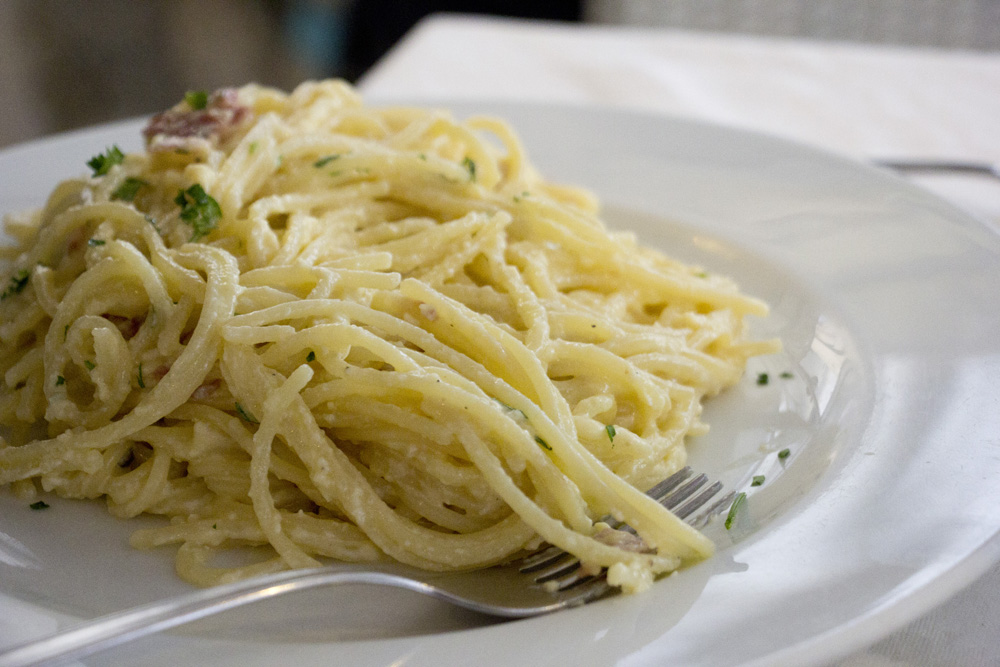
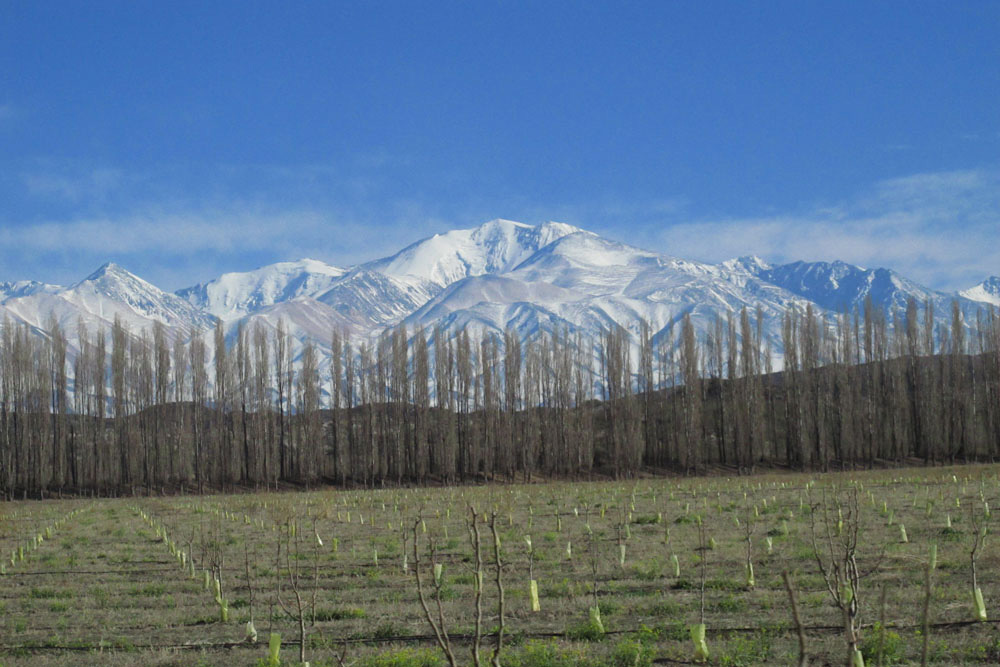
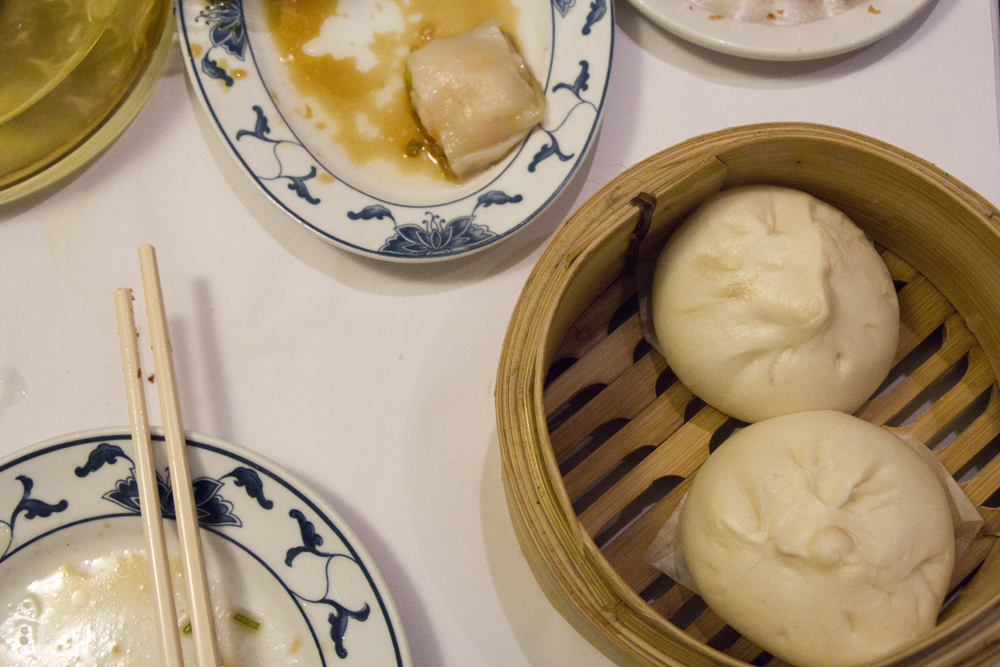
4 Comments
Pulasthi
December 28, 2016 at 12:34 amGreat information about the tea factory . Thank you very much.
Annie
March 7, 2017 at 2:35 pmYou are welcome!
fei zhang
August 19, 2017 at 2:52 amso nice of you to provide such detail information and so nice pictures. thank you
Kaylie
August 30, 2017 at 7:51 amWhat a fantastic post. You have beautiful descriptive writing. I am also looking for a tea experience. We will be visiting Sri Lanka in December and the drive to the mountains is just too much for my small children. Did you book the tour or just turn up?